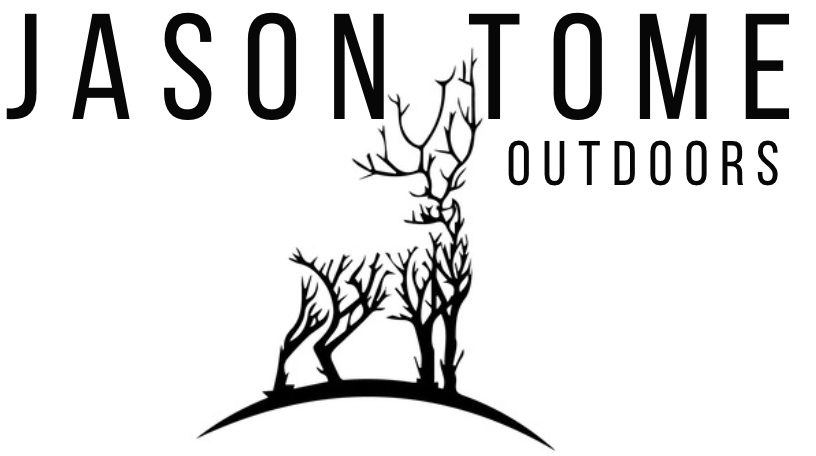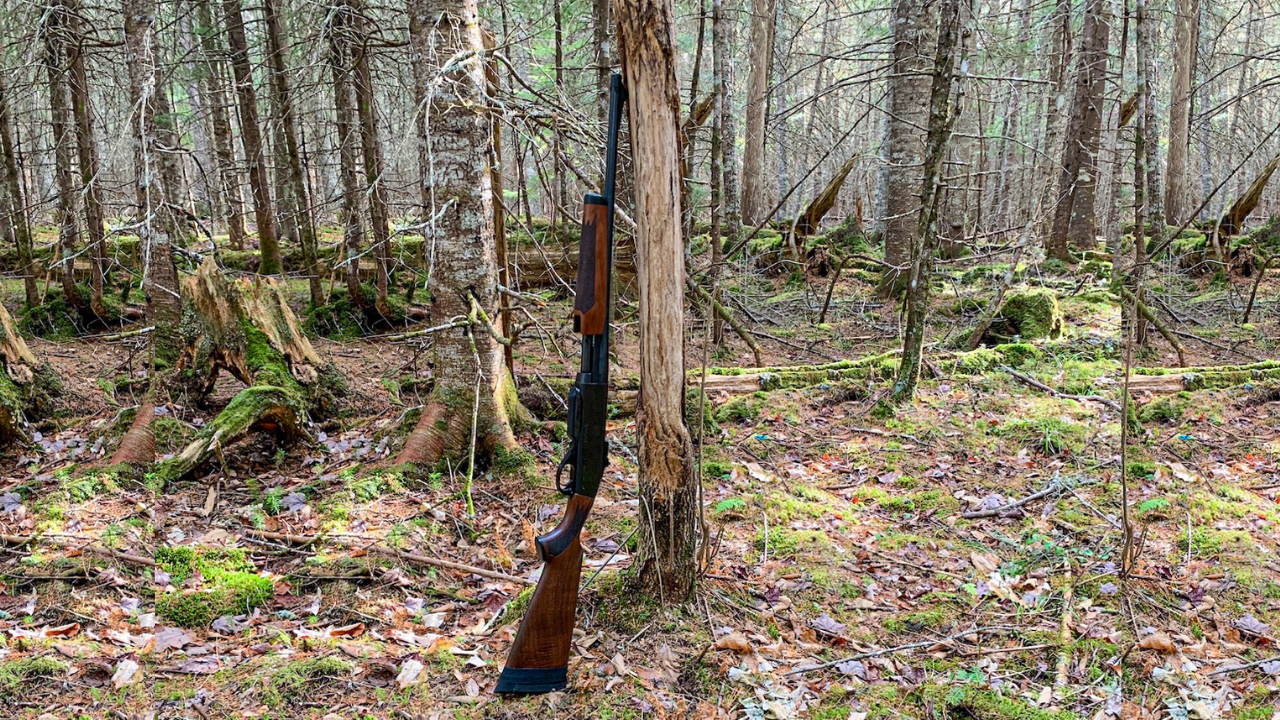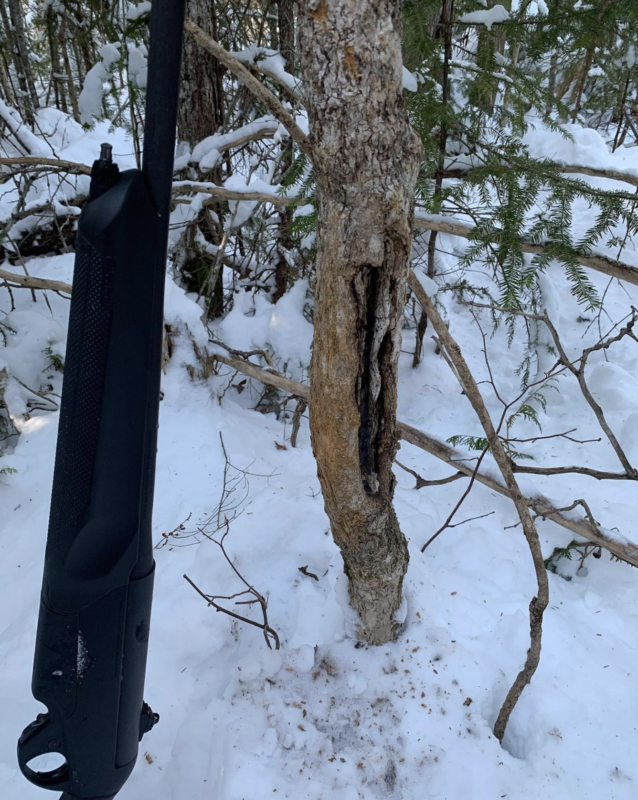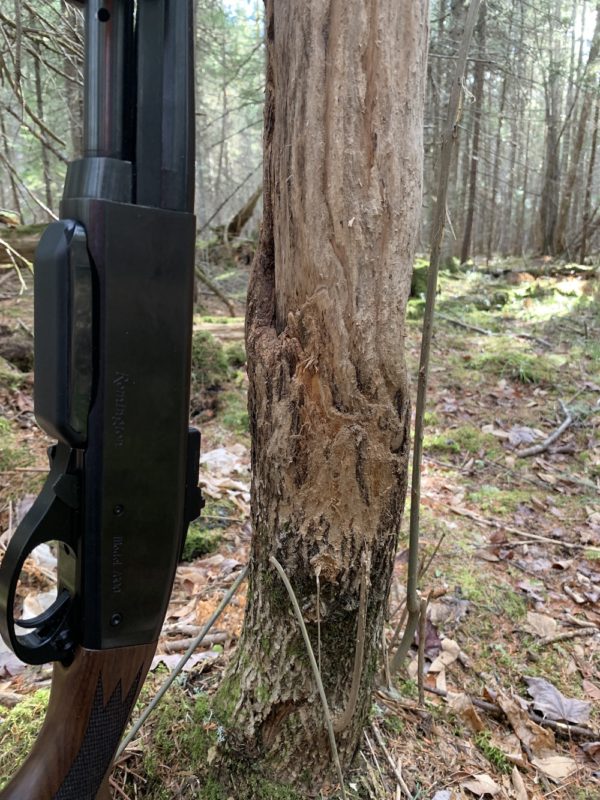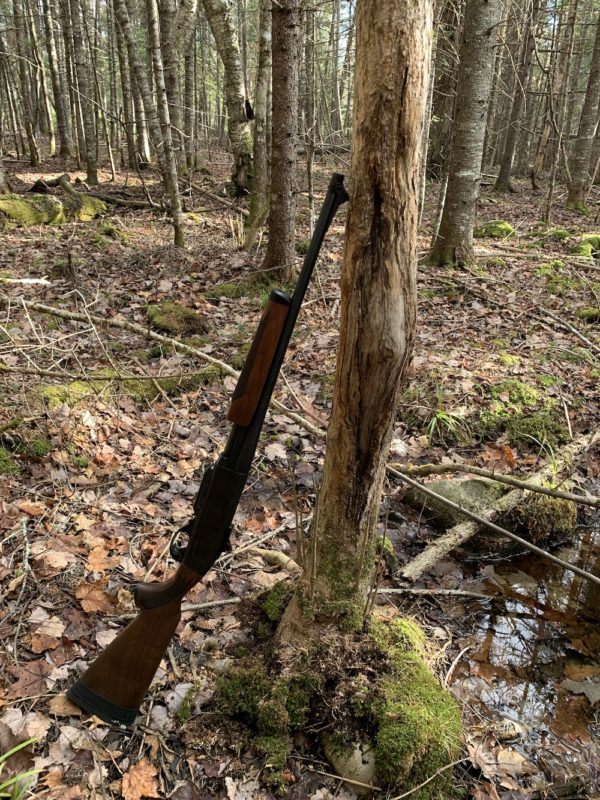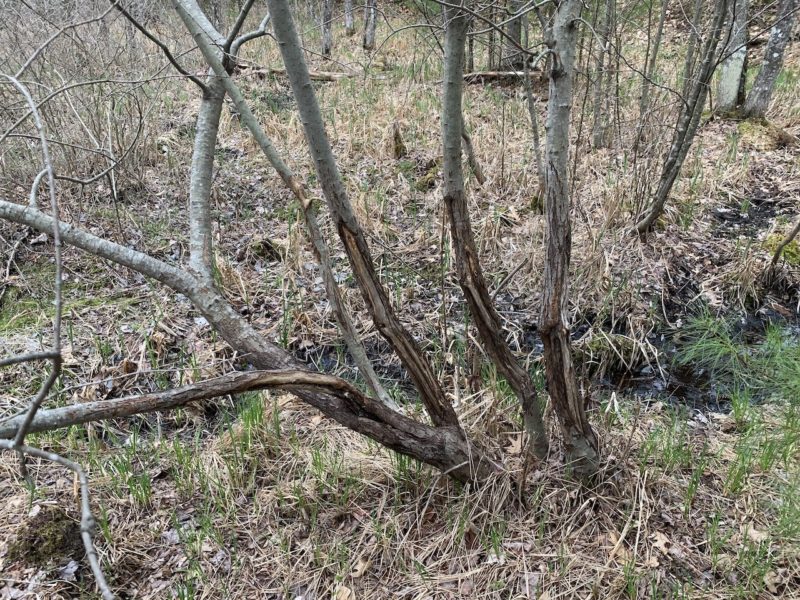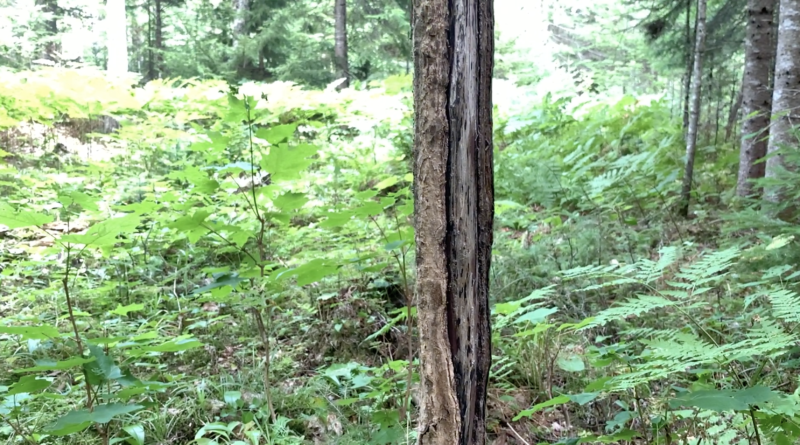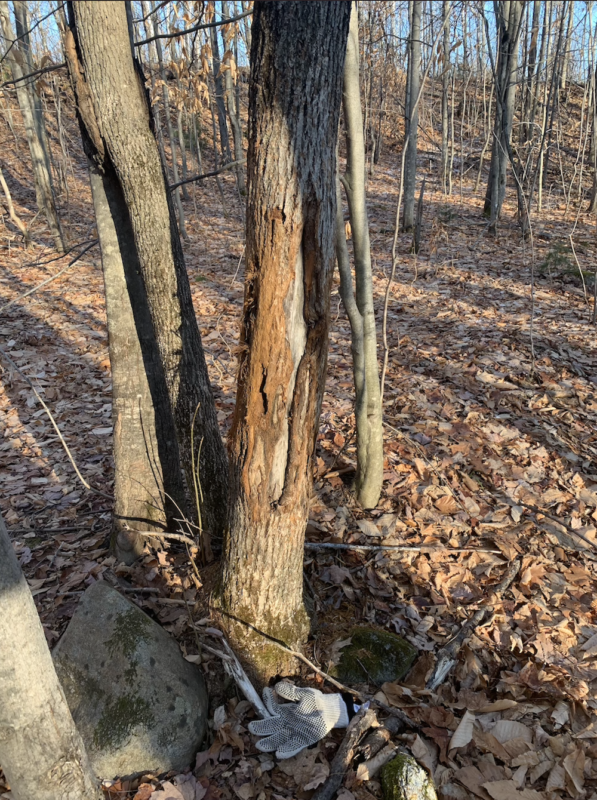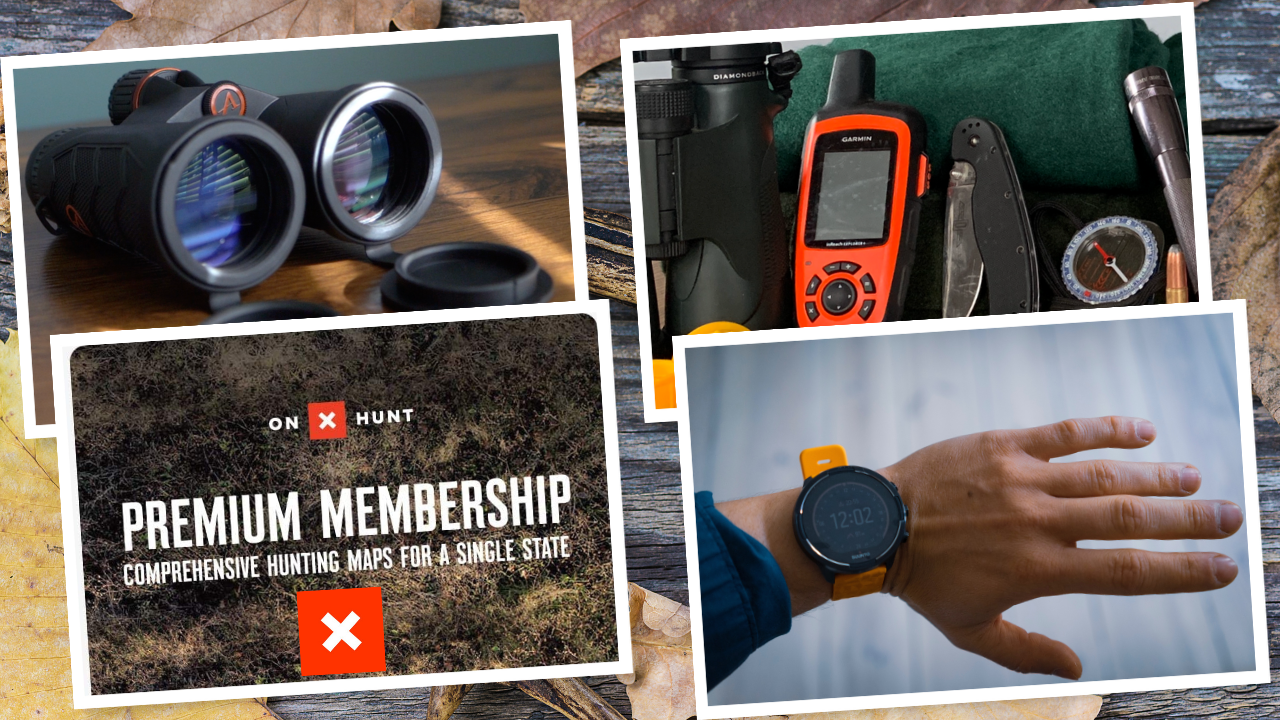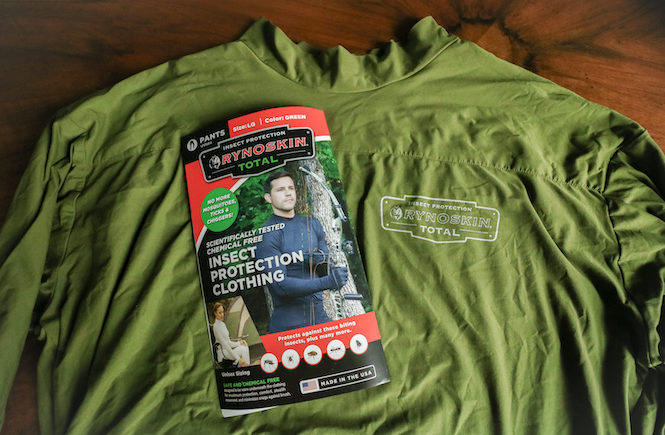Signpost rubs are different than other rubs that bucks make and look different too. If you hunt bucks in the big woods you may have heard of signposts rubs, you may have even seen them without being aware of it. These rubs are important for big woods success because they are areas that bucks frequent more than other areas. In order to put the odds in your favor in the big woods you’re going to want to spend as much time as possible in the areas that bucks spend time in. Signpost rubs are one of these areas.
What Are Signpost Rubs?
Signpost rubs are communication hubs for bucks in the area, they are made every year on the same tree. A signpost is usually started by one buck and then other bucks will also often use that tree once it’s been opened up.
Where To Find Signpost Rubs
Signposts are not as common in more developed areas, these rubs are much more common in big woods settings.
Although in different areas signposts can be made on different trees, most of the time they’re made on ash trees, more commonly on black ash trees.
What’s unique about green and black ash trees is that are only found in wetlands. Black ash only grows in very wet swampy areas, green ash grows in slightly dryer parts of wetlands when compared to black ash. But it will still be found in and around wetlands.
Your time will be best spent looking within wetlands to greatly improve your odds of finding a signpost rub.
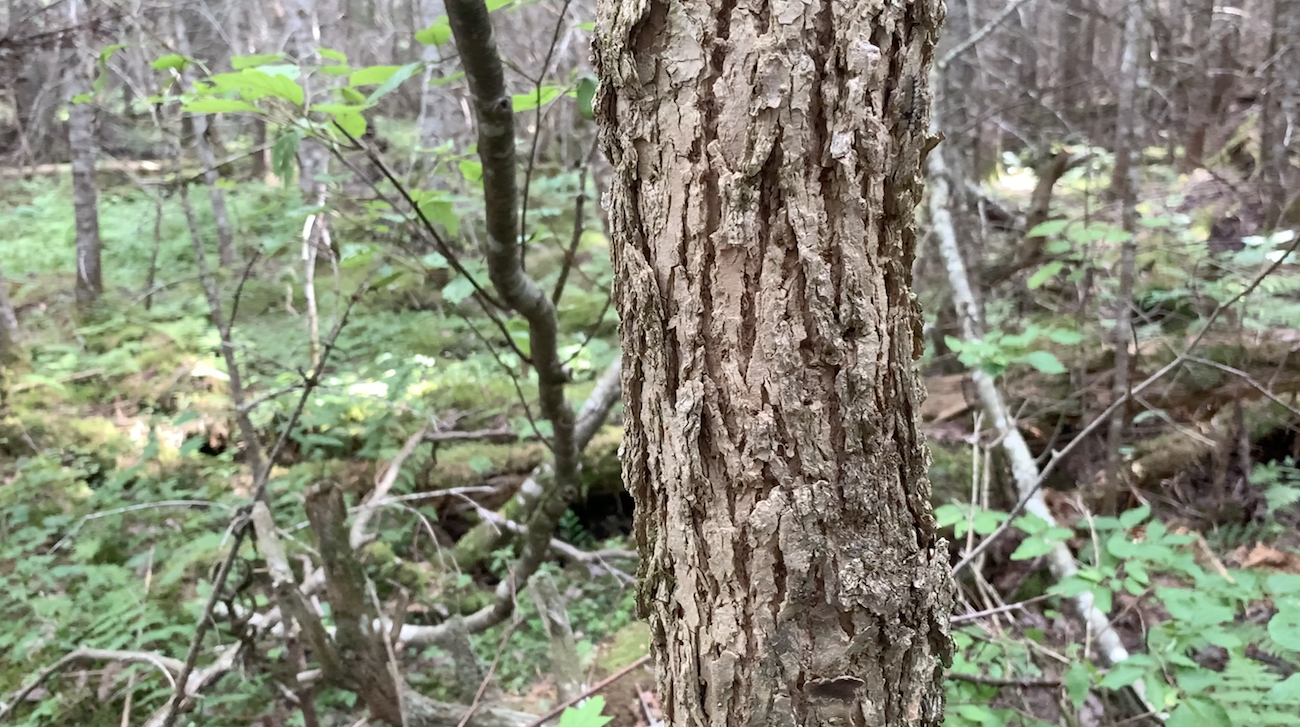
When Do Bucks Use Signpost Rubs?
My YouTube video below is a 4-month study on when bucks use signpost rubs. I recommend watching this video to learn when the best time to hunt signpost rubs is. But if you want the short version, big bucks seem to use the signposts most at the end of October.
Why Do Bucks Make Signpost Rubs?
These areas are likely communication hubs so bucks know what other bucks are in the area. This is hypothesized because when bucks rub on these trees they are not usually rubbing to mark up the tree with their antlers, at least that’s not their primary objective. They are trying to leave scent by rubbing their foreheads on the trees.
Signpost Rubs For Finding Big Woods Bucks
Since signposts are places that one or multiple bucks visit, you can at least conclude that bucks are within the vicinity. This is important in the big woods because deer densities are often very low. So just being able to confirm that you are in an area where bucks roam is putting the odds more in your favor.
What Do Signpost Rubs Look Like?
Signposts can be all shapes and sizes. Some are so small you’ll walk right by them, others are very large and are hard to miss. One thing is common between these rubs though, and that is they are rubbed year after year so there is an old healed scar. The outermost layer of the scar will have fresh markings from the most recent rubbing activity.
How Long Will These Rubs Last?
The longevity of a signpost will be different for each tree. Some signposts are hit every year – but only by a single buck. Others are hit by many bucks. This means a signpost that only has one deer hitting it will stop being used if the buck dies. Conversely, if a signpost has many bucks using it then it is more likely to last year after year. It would not be uncommon for signposts to be hit for 30+ years.
Final Thoughts
Hopefully, you found some actionable signpost rub information in this post. Now it’s time to get out in the woods and find some for yourself, be sure to bring a GPS to locate these rubs.
